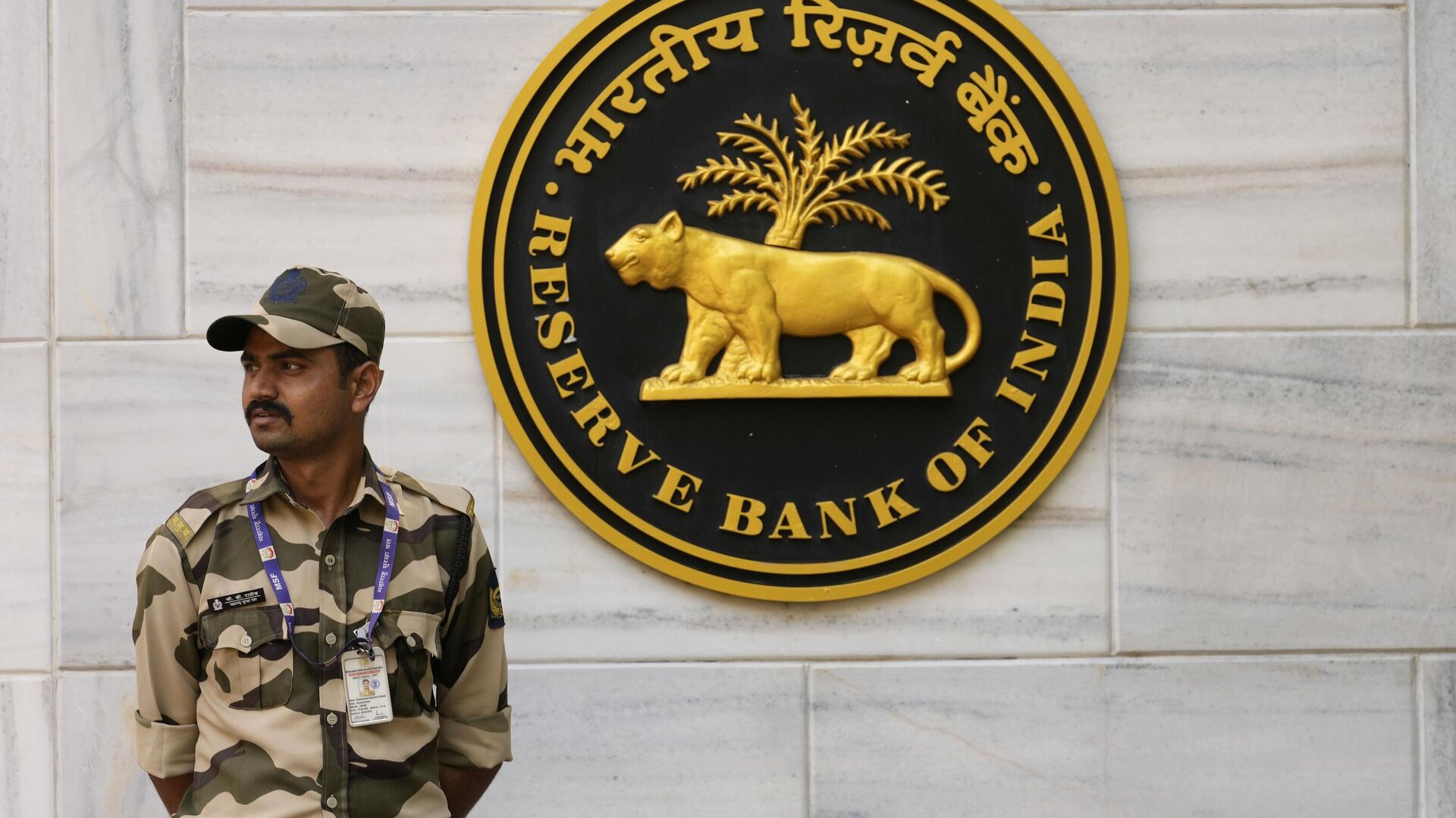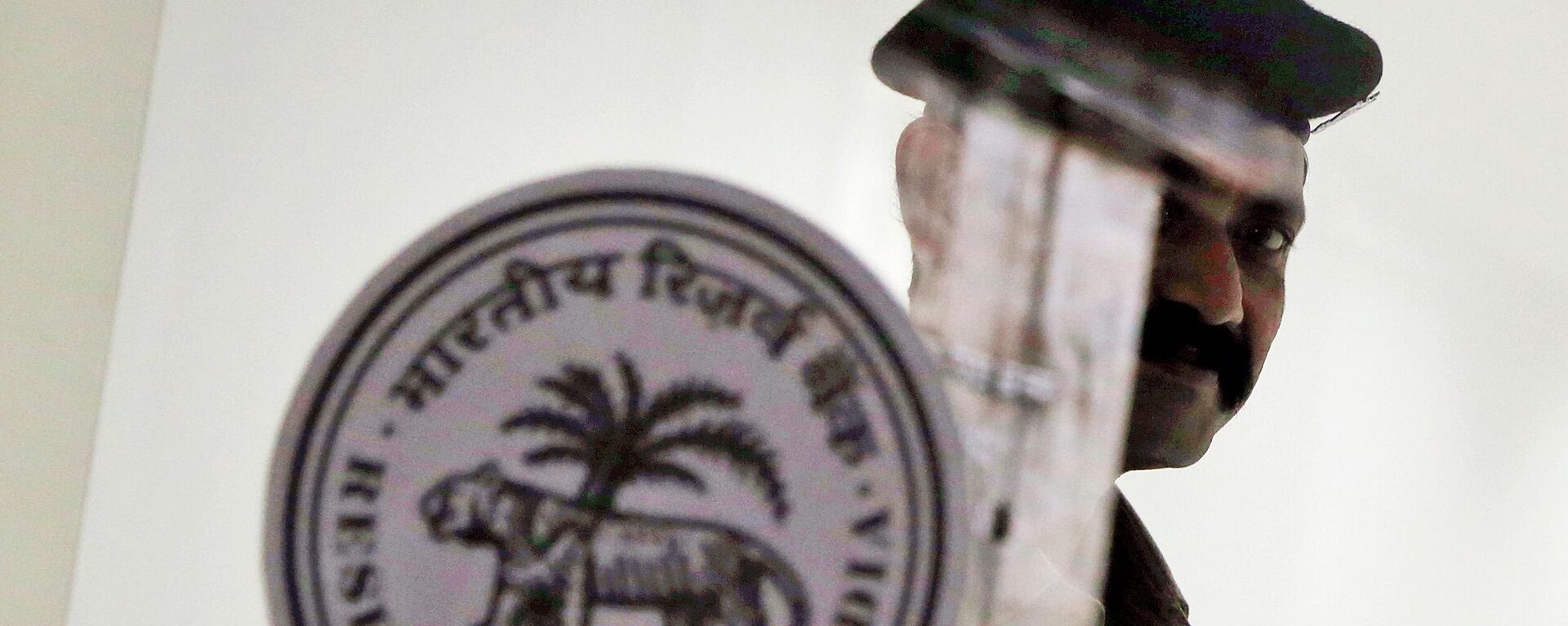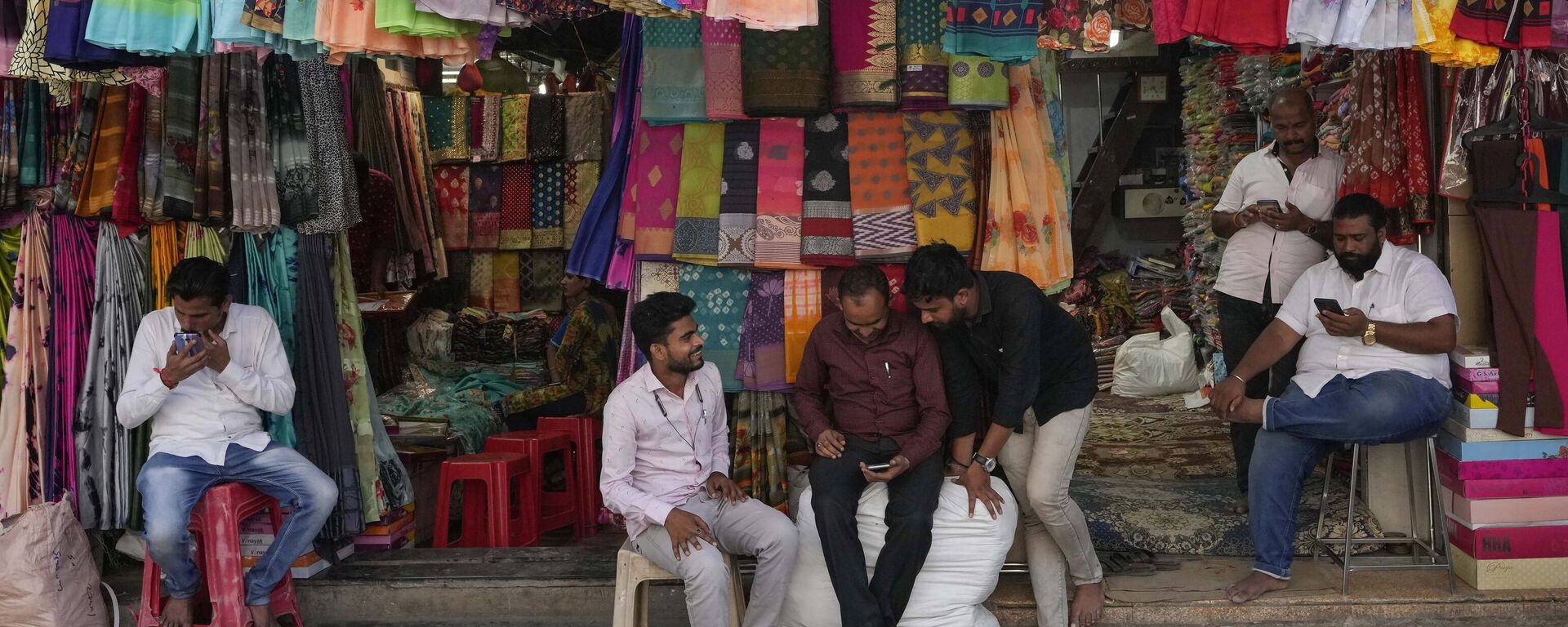https://sputniknews.in/20230502/us-banking-crisis-what-are-the-implications-for-india-1776045.html
US Banking Crisis: What Are The Implications for India?
US Banking Crisis: What Are The Implications for India?
Sputnik India
With the financial crisis unfolding in the United States, trade in national currencies is becoming an increasingly sought-after initiative given that it helps... 02.05.2023, Sputnik India
2023-05-02T18:20+0530
2023-05-02T18:20+0530
2023-05-16T00:17+0530
economic crisis
india
us
dedollarisation
trade in national currencies
collapse of silicon valley bank
business & economy
https://cdn1.img.sputniknews.in/img/07e7/05/02/1784364_0:161:3071:1888_1920x0_80_0_0_58d992f81a28c7ca973b3982cc04cf94.jpg
This year started on a tumultuous note for the United States: on March 10, the Silicon Valley Bank (SVB) - a high-profile bank with venture capital (VC)-backed technology and biotech firms - collapsed, triggering fears of a domino effect among both politicians and investors.Those fears came true. In a contagion effect, other American banks, including Signature Bank and First Republic Bank, had to shut down, sending shockwaves across global markets from Europe to Asia.The collapse of the SVB was the largest blow to the US financial system since the 2008 global financial crisis.Why Did the US Banks Fail?The SVB, as one can judge by the name of the bank, primarily dealt with US tech startups. As expected, it witnessed an influx of deposits during the Covid lockdown, because tech companies received immense profits from entertainment and delivery services.The issues emerged when the US Federal Reserve started raising interest rates last year to curb the soaring inflation in the country. This, however, made US government bonds — traditionally one of the safest investments that SVB had relied largely on — more expensive.As soon as the SVB collapsed, US clients, fearing their deposits were in danger, withdrew their money from First Republic, which depended largely on deposits from wealthy individuals and companies. Thus, the contagion effect provided itself in practice.But what does the current financial crisis in the US mean for the rest of the world and India, in particular?Implications for South Asian EconomiesSputnik reached out to Suranjali Tandon, Assistant Professor at a Delhi-based National Institute of Public Finance and Policy, for comments on the matter.According to Tandon, there are two ways in which the US banking crisis could affect India and other South Asian economies:How Can India Respond to the Banking Crisis?The financial issues in the United States raise concerns about how deeply the Indian banking system is tied to the US one.Dismissing concerns, Tandon said that the banking sector in India is not exposed excessively to dollar assets. She also said that the foreign banks operating in India have less significant market share, therefore, one would expect that the direct risk to the financial system not to be pronounced.Indeed, if we look closer at the banking fiasco in the United States, the troubles have been largely tied to the increase in interest rates by the Federal Reserve and poor risk management, among other problems. Meanwhile, the chief of the Reserve Bank of India (RBI) has noted financial resilience is closely linked to a bank's business model and strategy — therefore, the RBI had started to closely monitor the business models of India's banks and financial institutions to help them mitigate negative effects in the future.Trade in National Currencies: A Solution in Times of Weakened Dollar?According to Tandon, shifting away from the US dollar and towards increased trade in national currencies, is "picking up swiftly."Given the financial stress in the US banking system, the US dollar may weaken or become volatile, which may prompt nations globally to switch to national currencies, further diminishing the role of the greenback, the expert opined.
https://sputniknews.in/20230427/banks-business-models-being-monitored-closely-indias-central-bank-chief-1717296.html
https://sputniknews.in/20230412/rupee-trading-boosts-financial-inclusion-in-global-south-indian-diplomat-1519111.html
india
us
Sputnik India
feedback.hindi@sputniknews.com
+74956456601
MIA „Rossiya Segodnya“
2023
Sputnik India
feedback.hindi@sputniknews.com
+74956456601
MIA „Rossiya Segodnya“
News
en_IN
Sputnik India
feedback.hindi@sputniknews.com
+74956456601
MIA „Rossiya Segodnya“
Sputnik India
feedback.hindi@sputniknews.com
+74956456601
MIA „Rossiya Segodnya“
us banking crisis, us financial system, is dedollarisation possible, weakened us dollar, us dollar dominance, why did us banks fail, collapse of the svb, svb collapse, silicon valley bank collapse,
us banking crisis, us financial system, is dedollarisation possible, weakened us dollar, us dollar dominance, why did us banks fail, collapse of the svb, svb collapse, silicon valley bank collapse,
US Banking Crisis: What Are The Implications for India?
18:20 02.05.2023 (Updated: 00:17 16.05.2023) With the financial crisis unfolding in the United States, trade in national currencies is becoming an increasingly sought-after initiative given that it helps nations drive away from their dependency on the dollar.
This year started on a tumultuous note for the United States: on March 10, the Silicon Valley Bank (SVB) - a high-profile bank with venture capital (VC)-backed technology and biotech firms - collapsed, triggering fears of a domino effect among both politicians and investors.
Those fears came true. In a contagion effect, other American banks, including Signature Bank and First Republic Bank, had to shut down, sending shockwaves across global markets from Europe to Asia.
The collapse of the SVB was the largest blow to the US financial system since the 2008 global financial crisis.
Why Did the US Banks Fail?
The SVB, as one can judge by the name of the bank, primarily dealt with US tech startups. As expected, it witnessed an influx of deposits during the Covid lockdown, because tech companies received immense profits from entertainment and delivery services.
The issues emerged when the US Federal Reserve started raising interest rates last year to curb the soaring inflation in the country. This, however, made US government bonds — traditionally one of the safest investments that SVB had relied largely on — more expensive.
As soon as the SVB collapsed, US clients, fearing their deposits were in danger, withdrew their money from First Republic, which depended largely on deposits from wealthy individuals and companies. Thus, the contagion effect provided itself in practice.
But what does the current financial crisis in the US mean for the rest of the world and India, in particular?
Implications for South Asian Economies
Sputnik reached out to Suranjali Tandon, Assistant Professor at a Delhi-based National Institute of Public Finance and Policy, for comments on the matter.
According to Tandon, there are two ways in which the US banking crisis could affect India and other South Asian economies:
1.
Since Asian economies export products and services to advanced economies, with the banking stress in the United States, it is likely that demand for Asian output may be affected.
2.
Investors may withdraw funds from Asia due to a heightened perception of risks.
How Can India Respond to the Banking Crisis?
The financial issues in the United States raise concerns about how deeply the Indian banking system is tied to the US one.
Dismissing concerns, Tandon said that the banking sector in India is not exposed excessively to dollar assets. She also said that the foreign banks operating in India have less significant market share, therefore, one would expect that the direct risk to the financial system not to be pronounced.
Indeed, if we look closer at the banking fiasco in the United States, the troubles have been largely tied to the increase in interest rates by the Federal Reserve and poor risk management, among other problems.
Meanwhile, the chief of the Reserve Bank of India (RBI) has noted financial resilience is closely linked to a bank's business model and strategy — therefore, the RBI had started to closely monitor the business models of India's banks and financial institutions to help them mitigate negative effects in the future.
"There may be large investors from India with asset exposures to the US and links with the Indian banking system that can transmit the negative shocks," Tandon acknowledged. "Then there are foreign investors who may withdraw their finance from India on account of higher risks which can put a load on the Indian banking sector."
Trade in National Currencies: A Solution in Times of Weakened Dollar?
According to Tandon, shifting away from the US dollar and towards increased trade in national currencies, is "
picking up swiftly."
Given the financial stress in the US banking system, the US dollar may weaken or become volatile, which may prompt nations globally to switch to national currencies, further diminishing the role of the greenback, the expert opined.
"There is, however, a floor to the extent of the dollar's loss of value and its significance in trade, since countries such as China — that invest in US-backed securities — would support the value through higher purchases of US-denominated assets," Tandon suggested.



